Popped Secret: The Mysterious Origin of Corn – Nathan Dappen & Neil Losin – HHMI (2015)
Domestication of plants and animals is a key transformation in recent Human evolutionary history leading to sedentary farming societies. Domestication of Maize particularly followed a different trajectory from the agricultural crops of the old world. This HHMI documentary tells how the ancestral wild grass called Teosinte was domesticated to evolve into Maize. In the old world, most domesticated grasses had a surprisingly similar “first step” that paved the way towards agriculture. In old world grasses including rice, wheat, barley and […]

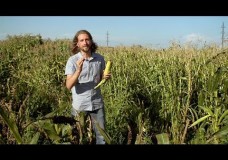

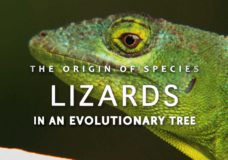


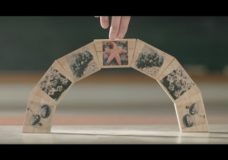
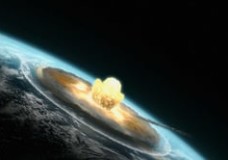
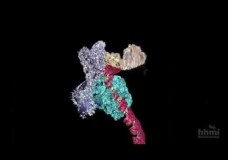
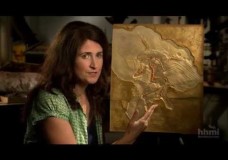

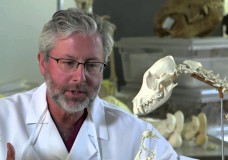

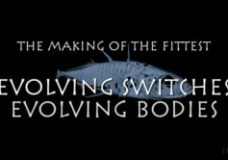
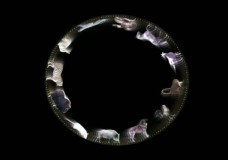
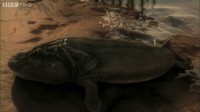

Recent Comments